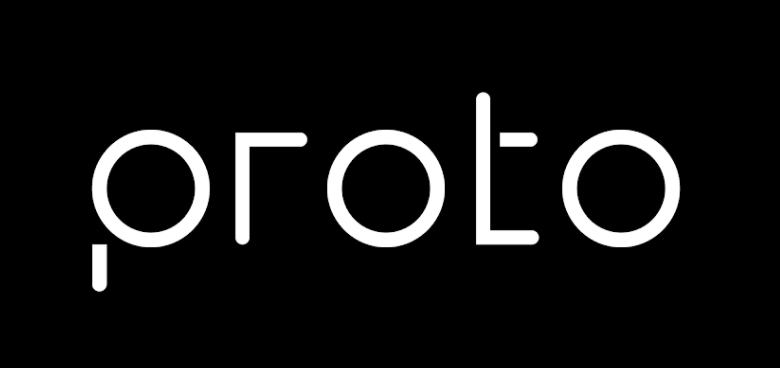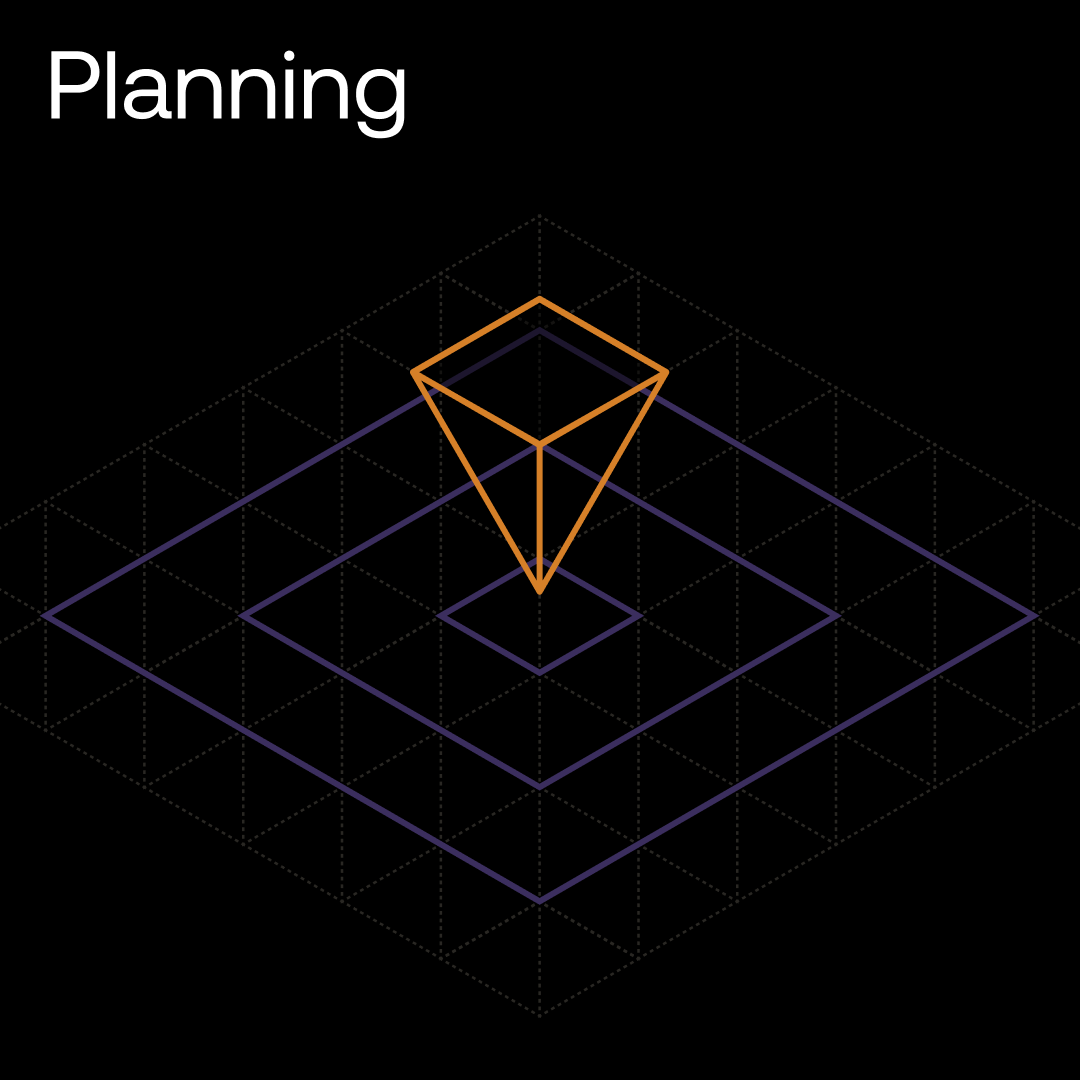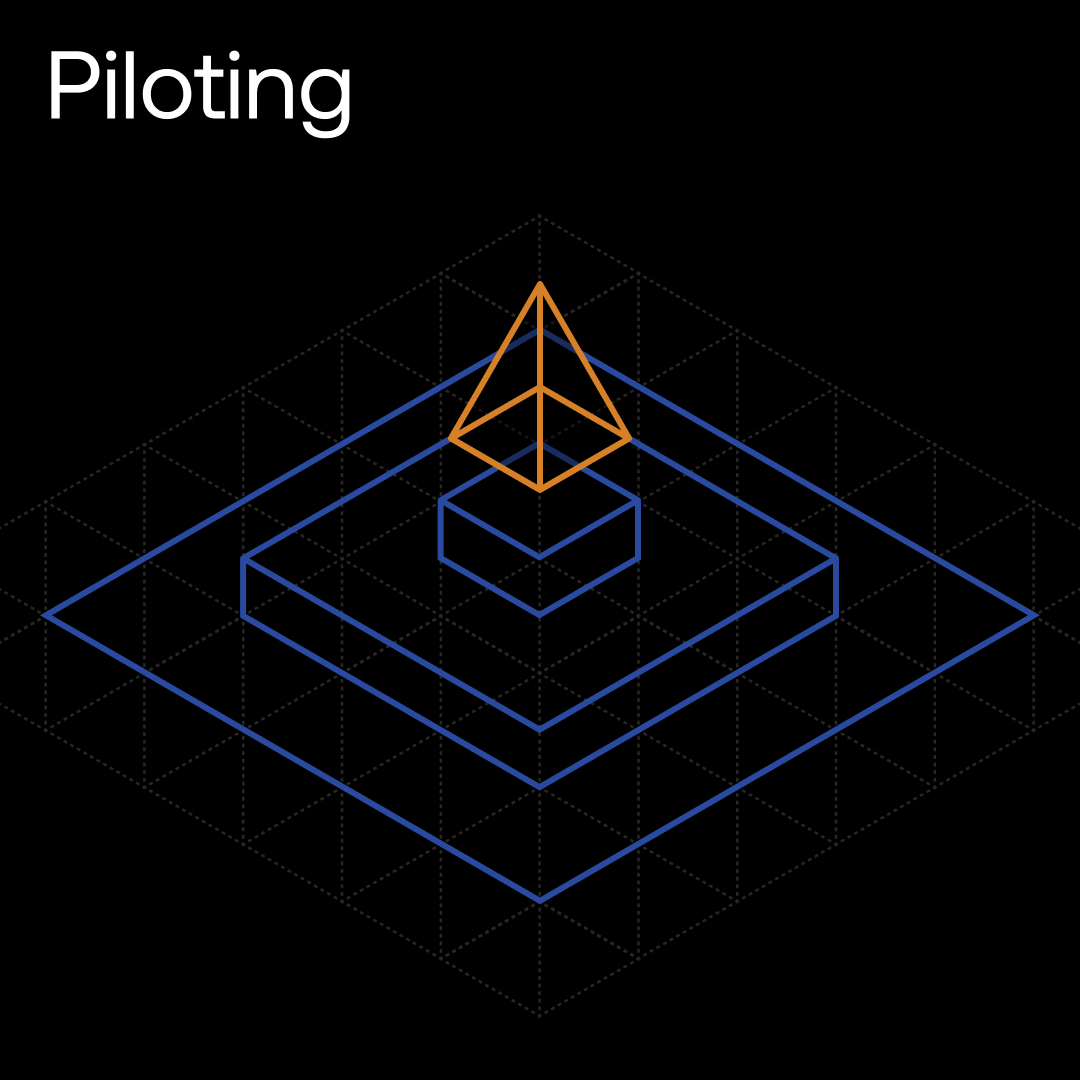
AI Will Transform Customer Experience.
How Can Your Company Get There First?
Written by Barry Wacksman | Chairman and Co-Founder, Proto
October 12, 2023
15 min read
Bottom Line AI vs Top Line AI
There is no doubt that the two most often used letters in business conversations today are “A” and “I.” In fact, every discussion we have with clients at Proto inevitably seems to drift towards the topic that includes both of those letters. However, most of the conversations in 2023 seem to be focused on uses of generative AI to do the same things that humans already do, but faster and/or cheaper. Let’s call these use cases “Bottom Line AI,” and there is no doubt it is going to be huge and disruptive:
“Our conversation echoed many I’ve had since last November with executives across an array of businesses, including insurance, manufacturing, pharmaceuticals, and even executives leading Hollywood studios, whose writers and actors are currently on strike. They all want to know how their companies can create more value using fewer human resources. That’s because last fall, ChatGPT, the chatbot developed by OpenAI, suddenly went viral, demonstrating the power of AI to generate its own emails, essays, recipes, financial reports, articles, and ideas. Goldman Sachs estimates that within the decade, 300 million jobs will either be eliminated or largely diminished by generative AI.”
How to Prepare for a GenAI Future You Can’t Predict, Harvard Business Review, Amy Webb, August 2023
Since ChatGPT first debuted, no doubt exists that Bottom Line AI is going to be huge and disruptive. But what about “Top Line AI” and its uses in helping grow businesses, rather than just cutting costs? Instead of thinking about AI as a way to do existing tasks faster and cheaper, what about using AI as a way to provide entirely new services and experiences on behalf of customers? In other words, how can AI transform customer experience and deliver tangible benefits that correspond with currently unmet needs? Many predictions concur that it will have an even greater economic impact than Bottom Line AI:
“What comes through strongly from all the analysis we’ve carried out for this report is just how big a game changer AI is likely to be, and how much value potential is up for grabs. AI could contribute up to $15.7 trillion to the global economy in 2030, more than the current output of China and India combined. Of this, $6.6 trillion is likely to come from increased productivity and $9.1 trillion is likely to come from consumption-side effects. Our research also shows that 45% of total economic gains by 2030 will come from product enhancements, stimulating consumer demand. This is because AI will drive greater product variety, with increased personalisation, attractiveness and affordability over time.”
PwC’s Global Artificial Intelligence Study: Exploiting the AI Revolution, Dr. Anand S. Rao and Gerard Verweij, July 2023
Use Cases
The same machine learning technologies and large language models that power Bottom Line AI will similarly power Top Line AI, although this is not yet a topic of widespread conversation. At Proto, we believe it should be. Imagine companies uploading their relevant content libraries to an LLM-powered engine like ChatGPT, but using the results to deliver back customer experiences rather than snippets of content for use in ads or social media posts. Consider some possible use cases:
Travel
Despite how empowering the Internet has been in putting the power of travel planning and booking in the hands of consumers, it remains incredibly time consuming, frustrating and with an almost endless number of steps to simply plan and book a family vacation. A traveler might start on Google to research destinations, read reviews of hotels and attractions, and figure out travel route options. The tasks then move into multiple booking engines to purchase airline tickets, make hotel reservations, reserve a rental car and perhaps even make restaurant reservations. In travel, the path to purchase doesn’t resemble a funnel so much as a bumper car ride. By disintermediating travel agents, digital technology empowered consumers, but it made them do all of the hard work instead.
Now imagine a future Expedia with LLM-enabled AI combined with APIs or even simple plug-ins that hook into booking engines as your personal virtual travel agent that handles all the grunt work and tedious tasks. Not only that, your AI-equipped virtual agent knows every single travel destination in the world, every hotel, every airline, every restaurant, every attraction and all of the schedules and availability of…everything. Just type in the type of travel experience you want and this virtual agent responds back with an entire proposed itinerary, all of which can then be booked with the single click of a button (including knowing that you prefer aisle seats, and your hotel room needs a crib). This example is clearly a huge leap forward in terms of time, convenience and reduced friction for consumers and represents a rather wholesale transformation of an otherwise undesirable customer experience. Such an experiential leap forward would threaten to upend the entire business of travel and hospitality. This is Top Line AI, leading to greater bookings and aggregation of dollars for the companies that get there first.
Additional Use Cases:
Shopping: Shopping for your entire holiday list in a matter of minutes with an AI-powered LVMH virtual personal shopper helping pick out appropriate gifts within a budget, aggregated into a universal shopping cart across multiple retailers for a one-click purchase and delivery.
Event planning: Planning a complicated event like a wedding or graduation party, involving multiple vendors, venues, gift registries and guest lists, but completed and booked in a matter of days via an AI-enabled TheKnot.com, as opposed to weeks or months.
Health and wellness: Organizing an entire treatment and wellness regimen from a future AI-enabled Human in response to a medical diagnosis consisting of medicines, diets, and exercise, plus aggregating the tools needed to track progress and compliance, including getting prescriptions filled, follow-up doctor visits scheduled and bills submitted to an insurance provider.
Obviously these examples are hypothetical at present, but one can easily imagine how the companies referenced (or their competitors or partners) could use AI and LLMs to begin to build services and solutions along the lines described. Endless possible use cases exist within just about any business category or context, just by considering all of the situations that currently require customers to navigate a seemingly endless series of tedious steps to complete a complex task. Each such use case effectively represents a scenario with barriers to sales conversion and/or repeat transactions and/or loyalty. In fact, just about every category, industry, and size of business has these barriers, with spoils to come to the companies that use AI to remove them first. And this is just one potential use of Top Line AI: simplifying and streamlining complex tasks! Again, one can envision entire ranges of AI-enabled use cases that complete much simpler tasks, like helping people figure out what program or movie to watch tonight on television, or which new restaurant to try, or which vacuum to buy to replace the one that just broke.
Investment Strategies
In fact, Top Line AI is so potentially powerful that it is likely to have a similar economic impact on business as the critically important and disruptive digital technologies that preceded it: the Web/e-commerce, mobile technology/smartphones, and social media. Over the past 30 years, those three technologies triggered trillions of dollars of investment by companies large and small to harness their power to drive top line growth. AI represents the next quantum leap of the digital revolution and the one technology most likely to start yet another feeding frenzy of investment, as companies seek to gain first mover advantages in all the ways described above.
So, how should companies think about their investment strategies in Top Line AI? In fact, among the myriad of types of options described in this article, where should a company begin? Proto’s Change Design methodology is a good place to start. It was envisioned as a way to help clients make well-placed bets on the future of their categories and brands – but in a way that helps drive systemic, enduring change, rather than a series of disconnected one-off attempts at innovation. All of the use cases and scenarios described above begin from a user-centric point of view, with the core innovation ideas focused on helping resolve the most commercially viable unmet needs of customers. In other words, which needs are the most pressing to address, and which ones have the largest commercial payoff if we manage to address them successfully?
The tools and outputs of Change Design enable clients to better understand their design targets and their unmet needs, the role of brand in filtering and guiding ideas, the commercial viability of various potential investments, the “first best customer” to pursue in early pilots and the right KPIs to measure initial results alongside the plans to scale successes and learn from data. All of these outputs are just as relevant to a company’s Top Line AI strategy as they proved to be for prior investments in omnichannel commerce, connected ecosystems and membership/loyalty – three areas where many of Proto’s briefs to date have been focused. In this regard, AI will be no different than any other investment in the unknown future, towards driving new pathways to top line growth as well as fostering higher customer lifetime value, the holy grail of our disrupted/digital/connected and soon-to-be AI-enabled age. Along that journey, Change Design helps simplify opportunities, drive internal alignment and enable faster and easier implementation.
No company will go out of business because it missed all the potential cost savings of Bottom Line AI. Unfortunately, the same will not be true of Top Line AI. We will soon begin to see examples of companies deploying Top Line AI to transform customer experience in all the ways described herein, and some of those deployments will lead to eventual market dominance. Ensuring that your company is organizationally ready to start planning, envisioning, and piloting is the key imperative as we stare into the abyss of yet another technology with the potential to create widespread disruption and new sets of winners and losers. Proto is here to help create winners. Let us know how we can help you.
P.S. No LLMs were used in the writing of this article – just a lowly human brain (although it probably could have been better if just left to ChatGPT).
Barry Wacksman | Chairman and Co-Founder
Barry Wacksman is the Chairman and co-founder of Proto and co-author of Connected by Design (2014, Jossey-Bass/Wiley and Sons). Prior to founding Proto in 2021, he spent 21 years at R/GA, where he led corporate strategy and growth, most recently as Vice Chairman. In his spare time, he’s a mediocre photographer but a mean barista.
Check out Barry’s full bio here.





